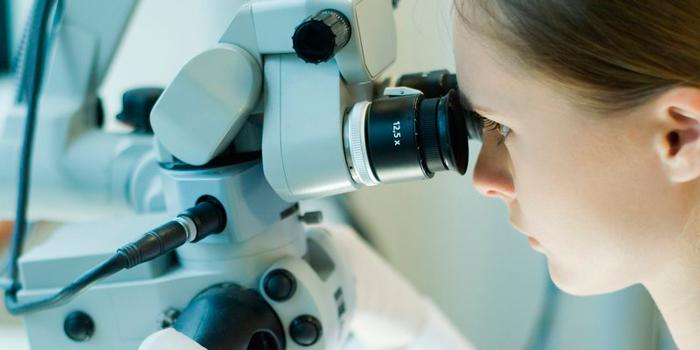By silencing genes, researchers have managed to increase the protein production in yeast significantly. This method can lay the grounds for engineering better yeast production hosts for industries producing biopharmaceutical proteins and industrial enzyme

Credit: DTU
Researchers from The Novo Nordisk Foundation Center for Biosustainability at Technical University of Denmark (DTU), Chalmers University of Technology and KTH Royal Institute of Technology have identified 9 gene targets which upon combinatorial silencing improve protein production in engineered yeast cells by 2.2-fold.
“The concept can be extended to other yeast protein producers, even some filamentous fungi and mammalian cell factories. Any organization that works with superior protein producers can use these findings,” says first-author Postdoc Guokun Wang from The Novo Nordisk Foundation Center for Biosustainability at DTU.
The method was used to improve the yeast’s production of α-amylase – a model protein which indicates overall production values of sought-for proteins (recombinant proteins) in the cell.
Silencing is a powerful tool
The optimized yeast strain was achieved by determining several gene targets suitable for silencing via RNA interference (RNAi). By building short/long strands of RNA complementary to the gene, the interfering RNA interacts with the complementary mRNA and directs it for degradation, resulting in less mRNA to be translated, hence lowering the expression of the targeted gene.
Expression downregulation by RNAi is a powerful tool for efficient rational screening of new genetic targets for beneficial expression tuning since it is cheap and quick.
Extensive library led to 9 target genes
The researchers analyzed approximately 243,000 silencing effectors in yeast by looking at the enhanced secretion of α-amylase as an indicator of improved recombinant protein production.
Using extensive screening of tiny droplets containing single cells secreting the enzyme, the researchers managed to pick out nine genes, which upon silencing improved protein secretion. These genes are involved in cellular metabolism, cell cycle as well as protein modification and degradation.
“All these genes can impact recombinant protein production when expressed at differentially downregulated levels. This knowledge is really important when trying to build optimized yeast cell factories for the production of industrial enzymes or biopharmaceutical proteins,” says Guokun Wang.
The scientists first screened beneficial RNAi targets. Afterwards, they looked at combinations of silencing, leading to a so-called semi-rational approach. The research has now been published in PNAS.
###
Media Contact
Anders Østerby Mønsted
[email protected]
Original Source
http://www.
Related Journal Article
http://dx.



